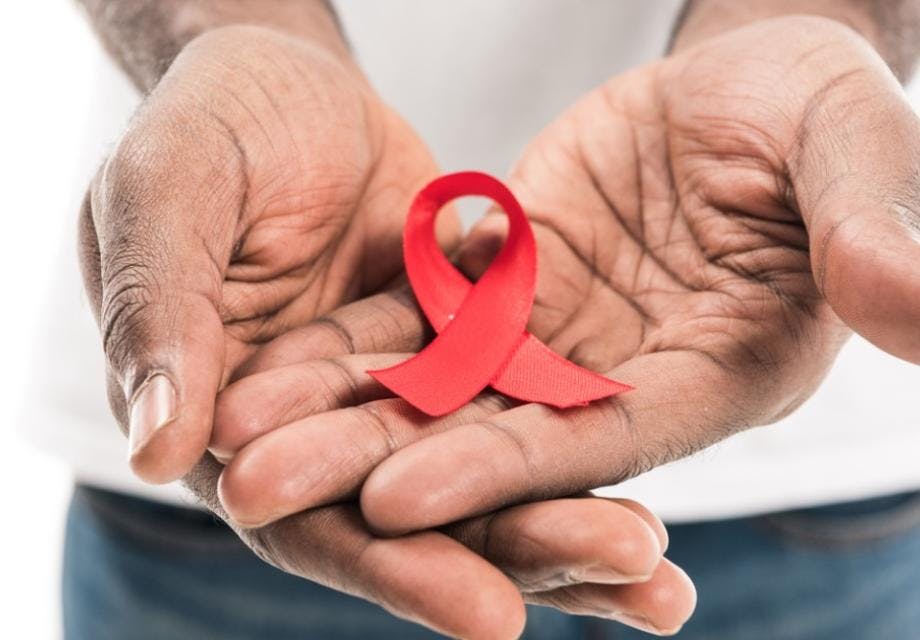What will happen to the HIV response after 2030?
Hester Phillips
02 February 2024
UNAIDS is proposing a new approach to help countries protect the gains on HIV beyond 2030
For many years, the HIV response has focused on ending AIDS as a public health threat by 2030. But what happens after that? A new ‘primer’ from UNAIDS explores the issue.
What is this report about?
UNAIDS’ new HIV Response Sustainability Primer. This is designed to encourage conversations about the future of national HIV responses. The aim is to develop country-specific plans that will sustain the progress that has been made on HIV by 2030, and keep the epidemic under control in the long-term.
Why is it important?
Countries are at different stages in their HIV responses. Some are closer to ending AIDS as a public health threat by 2030 than others. But each country needs to start planning now for an effective, sustainable HIV response into the 2030s and beyond. What this plan looks like will depend on a country’s HIV epidemic and how it is changing, to what extent the HIV epidemic has been controlled and what barriers remain.
What does it say?
Long-term sustainability
As HIV epidemics change, some existing programme activities will no longer be needed. Other parts of the HIV response will need to change to be more effective. For instance, in the future, the majority of people with HIV are likely to be in older age groups. Treatment and prevention services may need to shift focus onto these age groups, and more focus on treating co-infections may be needed. Another example is that strategies and services needed to scale up prevention and treatment services will be different from those needed to maintain them.
The need for locally-owned responses
Each country’s sustainability needs will be different. UNAIDS is proposing that each country develops a Sustainability Roadmap to outline the key national strategies and actions to achieve the following things:
- predicting, preventing, detecting and responding to new HIV infections
- sustaining viral load suppression among people with HIV (more than 86% of all people with HIV are virally suppressed, with this rate reached among all age groups and genders and all key populations)
- achieving the 10–10–10 targets by ending or reducing inequities that drive the HIV epidemic
The roadmaps should set out what needs to happen in key areas to achieve these goals. These key areas are political leadership, service access, system capacities, policies and laws, and domestic and international financing.
The roadmaps are different from HIV National Strategic Plans (NSPs). NSPs tend to focus on short and middle-term outcomes (3-5 years), whereas a country’s HIV Sustainability Roadmap will focus on the years and decades beyond 2030.
Civil society and communities most affected by HIV need to be meaningfully involved in developing the roadmaps and should be consulted at each development phase (see more on this below).
The need for rights-based and person centred approaches
For HIV responses to be fully effective, and for this impact to be sustained, all people must have their right to health fulfilled.
This means making changes to HIV policies, programmes and systems so that they are inclusive of all members of society, particularly people most at risk of HIV. It also means working to change laws and social structures so they are non-discriminatory and do not violate human rights.
What does this mean for HIV services?
Sustainability will be at the top of UNAIDS’s agenda this year and beyond.
To jump on this agenda, it is important to be aware of the plan for developing the Sustainability Roadmaps. Here are the different phases:
January to March 2024: UNAIDS engages country leadership teams, and sustainability dialogues and consultations are held.
April to June 2024: Work will be done to assess how sustainable each country’s HIV response currently is.
July to December 2024: National HIV Response Sustainability Roadmaps will be developed.
January to May 2025: A Transformation Plan for each roadmap will be developed. This will focus on the changes needed to make programmes and systems rights-based and people-centred.
June 2025 onward: Transformation Plans will be implemented and monitored.
Get our news and blogs by email
Keep up-to-date with all our latest news stories and blogs by signing up to the Be in the KNOW news digest.
